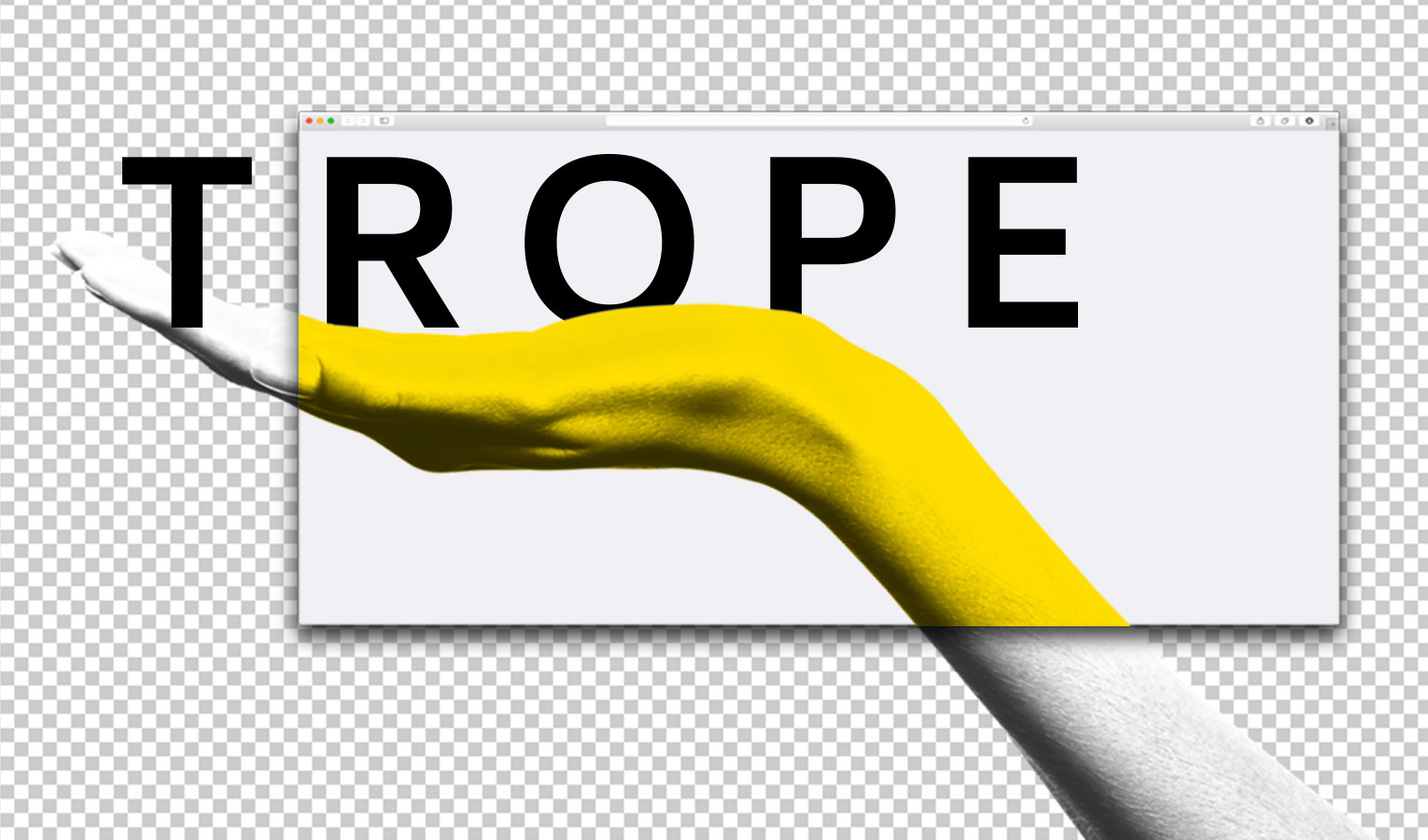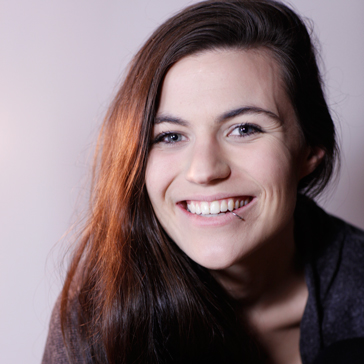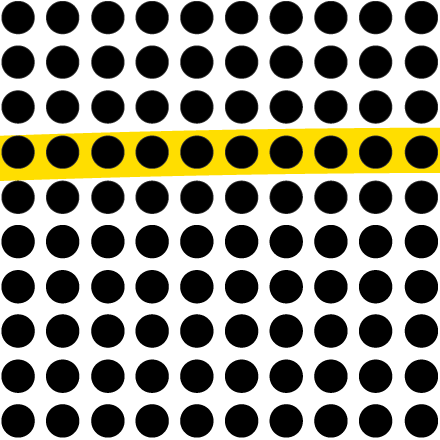TROPE
Manifesto for Meaning

Colleen K. Macklin
Sven Travis
Writing and ResearchBarbara B Morris
Loretta Joelle Wolozin
Trope is a collection of inventive, engaging, and uniquely purposeful web experiences built from our own design manifesto created to encourage meaningful web design. The goal of Trope is first to critically analyze the effects of the speed and ease oriented nature of current web design. Secondly, to implement our conclusions into a design manifesto that illustrates alternative ways of thinking about the online space and expands on the limitations of current design. By demonstrating the intricacies and importance of web based interaction our Manifesto for Meaning will come to life through two web based experiences that experiment with, as well as showcase, our implementation of interaction conscience design.
The Internet has given us an architecture for understanding, expressing, learning and communicating on a global scale. Our knowledge of people, cultures, current events; our access to entertainment & arts; and our vehicles for expression are continually and consistently being shaped and reformed by the power of the Internet. This will only become more prevalent as the innovation of connected devices and smart objects lunges forward seeping into every crack of our daily routines and further integrating the Internet into our human existence. This prominence makes it very important to keep a critical eye on the way we currently design for the web and how that design will affect our ability to communicate, create, and consume. Currently, web design presents experiences built on abstract small bits of information, expression through newsfeeds of images and two sentence stories.
It is clear that by current standards, the success of a website is judged by how easily and quickly it is to navigate and that the less thinking we do the better. Although the benefits of this streamlined and globally expansive form of communication are incredibly far reaching, the constant need for less, quick and easy is threatening our ability to communicate meaningfully.
Our solution is not to fight the technology or ask for a different future, our solution is only to ask that we look for ways of designing for the Internet that allows for and encourages more meaningful experiences. We have set out to show that we can leverage the power of the Internet in a way that is motivated not only by speed and ease but also by engagement and interaction. By forming a new way of thinking about design for the web, we want to create more intentional Internet experiences that emphasize the importance of multimodal interaction.
Through research, case studies, experimental web interactions, assessment of current trends, and expansive reach into a deeper understanding of what it means to meaningfully communicate, we have developed a list of design principles to use when designing for the web. These principles are our Manifesto for Meaning and have been created to help keep meaningful communication, creation and consumption in the purpose of the design.
Currently, Trope is comprised of two working demos of specific web interactions each creating a meaningful online experience supplemented by our Manifesto for Meaning. The first demonstration of the manifesto is a narrative based experience that makes use of layering browser windows, the Google search API, and a voice recognition library for a fun interactive experience where the user becomes the storyteller and Google (in collaboration with crowd sourced images) supplies the visual resulting in a dynamic co-created narrative. The second demonstration of the manifesto is an educational experience. This example plays off the visual attraction of the frame-by-frame feel of a gif and the fluid aesthetic of a video, and leverages the typically invisible interaction of scrolling in a new way to place the user in a more active role in their learning experience.

Lucy Matchett
Lucy is a Creative-Techno-Designer-Crafter, who's dream of finding the perfect tacky-minimalist-over-camped-refined aesthetic led her all the way from Australia to Parsons in NYC. Armed with her diverse skill set of web languages, graphic design, physical computing and fabrication, she has a constant want and need for creating and exploring.

Alex Tosti
Alex is a creative technologist and professional dabbler. Her best work is expressed through photography and videography but at one time or another she can be found as a director, producer, musician, graphic designer, and creative web developer. She thrives off of collaboration, loves to facilitate creation, and finds a way to integrate philosophy into everything.
